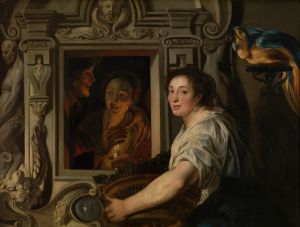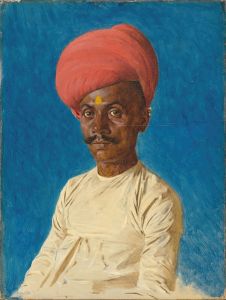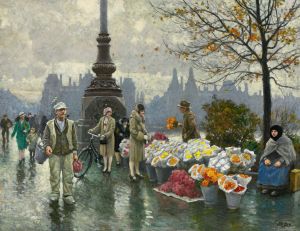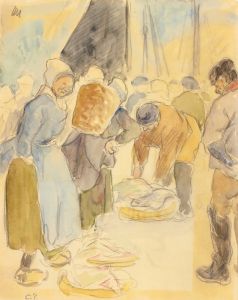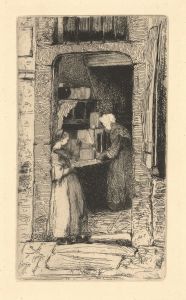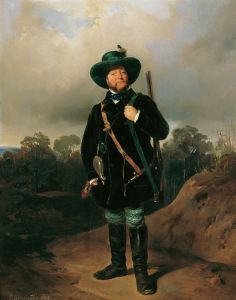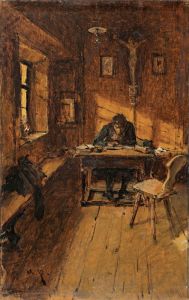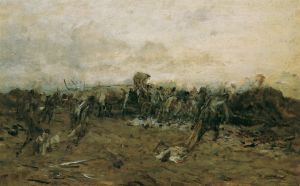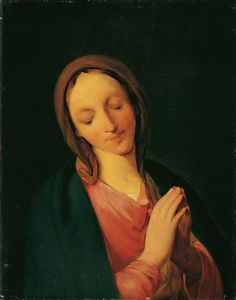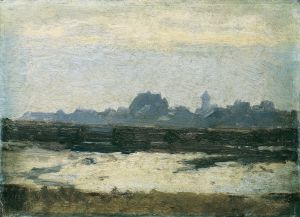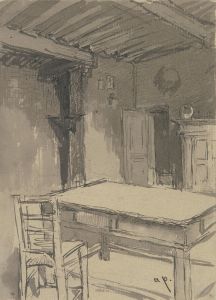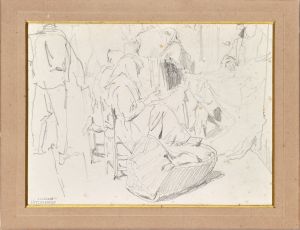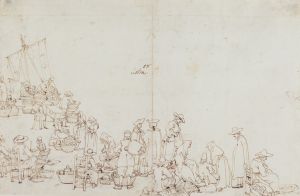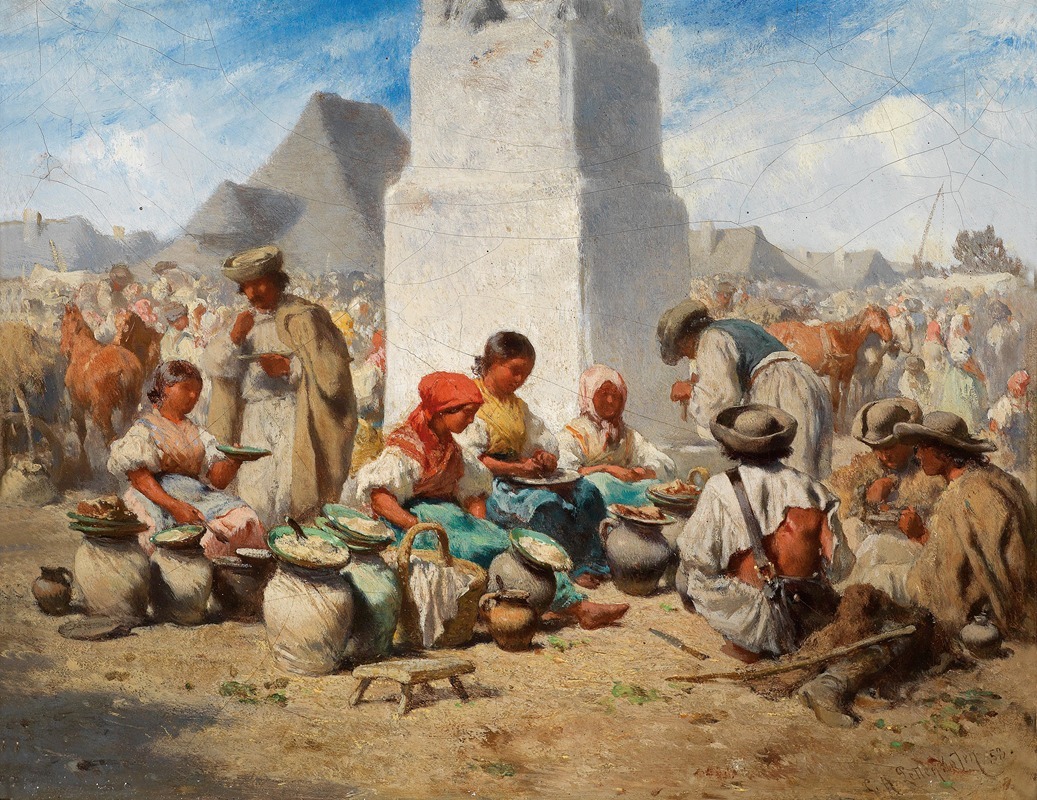
Markt in Szolnok mit der Dreifaltigkeitssäule
A hand-painted replica of August von Pettenkofen’s masterpiece Markt in Szolnok mit der Dreifaltigkeitssäule, meticulously crafted by professional artists to capture the true essence of the original. Each piece is created with museum-quality canvas and rare mineral pigments, carefully painted by experienced artists with delicate brushstrokes and rich, layered colors to perfectly recreate the texture of the original artwork. Unlike machine-printed reproductions, this hand-painted version brings the painting to life, infused with the artist’s emotions and skill in every stroke. Whether for personal collection or home decoration, it instantly elevates the artistic atmosphere of any space.
"Markt in Szolnok mit der Dreifaltigkeitssäule" (Market in Szolnok with the Trinity Column) is a painting by the Austrian artist August von Pettenkofen. Pettenkofen, born on May 10, 1822, in Vienna, was a prominent figure in the 19th-century Austrian art scene, known for his genre scenes and depictions of Hungarian life.
The painting captures a bustling market scene in the town of Szolnok, located in central Hungary. Szolnok was a frequent subject in Pettenkofen's work, as he spent considerable time there and was deeply inspired by the local culture and landscape. The town of Szolnok, situated on the banks of the Tisza River, was an important commercial hub during the 19th century, and its vibrant market scenes provided rich material for Pettenkofen's artistic endeavors.
In "Markt in Szolnok mit der Dreifaltigkeitssäule," Pettenkofen skillfully portrays the lively atmosphere of the market with a keen eye for detail and a deep appreciation for the everyday lives of the people. The painting features various market-goers, including peasants, merchants, and townsfolk, engaged in their daily activities. The composition is dynamic, with figures scattered across the canvas, creating a sense of movement and interaction.
The Trinity Column, or Dreifaltigkeitssäule, is a prominent feature in the painting, serving as a focal point around which the market scene unfolds. Such columns were common in many Central European towns and cities, often erected as a symbol of gratitude for deliverance from plagues or other disasters. The inclusion of the Trinity Column in the painting not only adds a historical and cultural context but also enhances the architectural interest of the scene.
Pettenkofen's use of light and color in the painting is noteworthy. He employs a warm, earthy palette that reflects the natural tones of the market and the surrounding environment. The play of light and shadow adds depth and dimension to the scene, highlighting the textures of the buildings, the clothing of the figures, and the various goods on display.
August von Pettenkofen's work is characterized by its realism and attention to detail, and "Markt in Szolnok mit der Dreifaltigkeitssäule" is no exception. His ability to capture the essence of Hungarian rural life with authenticity and sensitivity has earned him a lasting place in the history of European art. The painting is a testament to Pettenkofen's skill as an observer and chronicler of the human condition, as well as his deep connection to the Hungarian landscape and its people.
Today, Pettenkofen's works, including "Markt in Szolnok mit der Dreifaltigkeitssäule," are held in high regard and can be found in various art museums and collections. His contributions to genre painting and his depictions of Hungarian life continue to be appreciated by art enthusiasts and historians alike.





